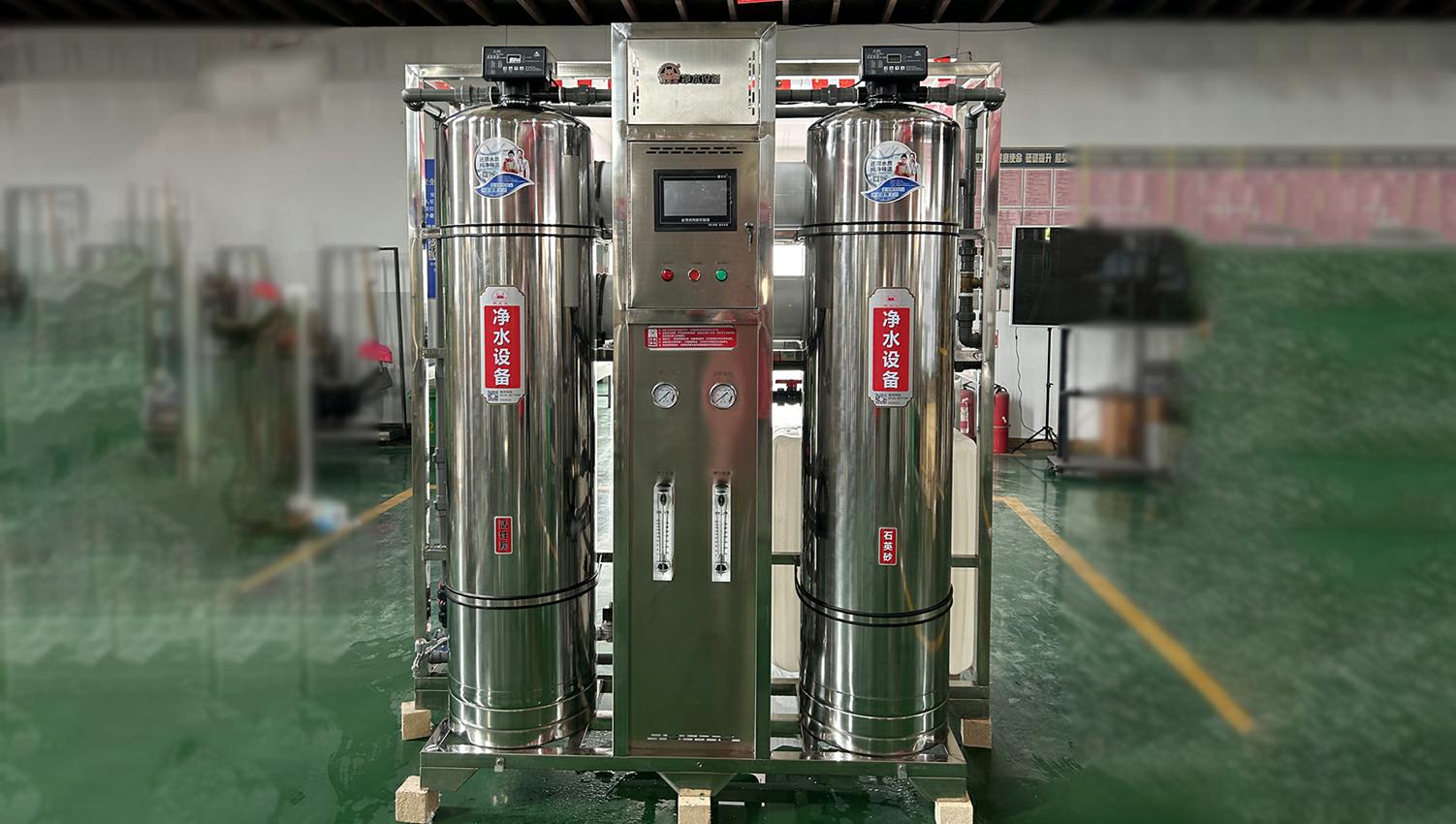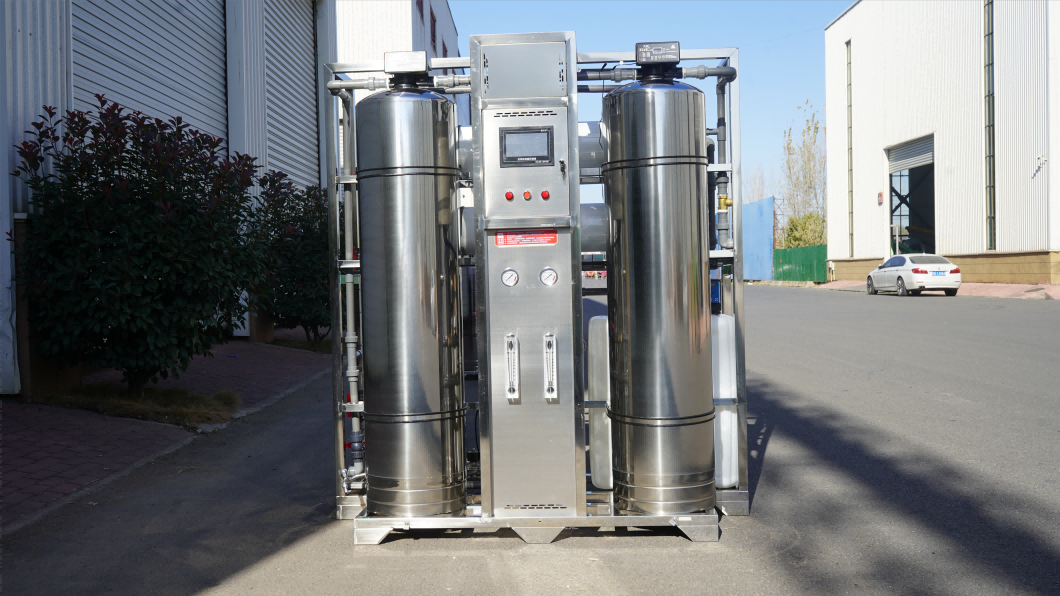How Reverse Osmosis Technology is Revolutionizing Clean Water Access Globally
Water contamination and scarcity continue to be two of humanity's most challenging problems. Access to clean water is a problem for billions of people worldwide. Reverse osmosis, a ground-breaking method that is by far the safest, most environmentally friendly, and sustainable, has emerged in recent years.RO systems have transformed lives through providing a precise, safe, and sustainable way to purify water—from the hot cities of Southeast Asia to the desolate deserts of the Middle East. This article examines how RO technology has been changing life in various locations and offers opportunities for a more ecologically friendly future.
Saudi Arabia: Desalination for a Water-Scarce Nation
Reverse osmosis technology is, therefore, a godsend in Saudi Arabia, where fresh water is practically nonexistent. One of the world leaders in desalination, the country uses an RO system to purify seawater into drinkable water. Such cities as Jubail and Yanbu host big RO plants producing several million liters of drinking water daily to keep life in one of the driest parts of the world.
The supply of drinking water apart, from desalination has far more important implications for agriculture and industrial development in Saudi Arabia.. RO systems have effectively supported crop development and guaranteed the establishment of companies for the nation's economic stability by providing the much-needed water.The viability and ecological sustainability of desalination are now better thanks to recent developments in energy-efficient RO membrane technology, which has further decreased operating costs. In order to develop a sustainable water supply, Saudi Arabia must employ reverse osmosis technology.
India and Pakistan: Rejuvenation of Polluted Water Sources
In South Asia, reverse osmosis technology is fighting the pandemic impurity of water bodies. In countries like India and Pakistan, harmful elements such as arsenic, fluoride, and nitrates pollute the groundwater, making them a serious health hazard. RO systems have come up as one of the most trustable options for household and community solutions for water, which can remove such contaminants and provide drinking water to people.
Various initiatives of the Indian government, such as the Jal Jeevan Mission, have encouraged the installation of RO plants in rural areas to ensure access to clean drinking water for all. In Pakistan, the RO systems are contributing towards the mitigation of poor water quality problems in urban centers such as Karachi and cities with industrially polluted water sources like Faisalabad & Gujranwala alike. RO is thus ensuring public health improvement and reduction of waterborne diseases while perking up the overall quality of water and life.RO technology offers an important breakthrough in ensuring safe and dependable water, as millions of people remain impacted by persistent water contamination.

China: Improving Urban and Rural Water Quality
China's enormous urbanization and industrialization put an increasing demand on the nation's water supply. Reliable water treatment methods are desperately needed since industrial waste and agriculture runoff have contaminated rivers, streams, and reservoirs. these days large-scale RO plants form the bedrock of China's urban water purification systems, enabling municipal water supplies with pure drinking water to millions of people.
Additionally, transportable RO units have proved essential, especially during crises and in remote regions. For example, portable RO systems provided clean drinking water during the floods in the province of Henan, thus minimizing the spread of waterborne infections.
Another example would be smart RO technologies with integrated IoT capabilities monitoring the quality of water consistently and optimizing the consumption of energy. China presents a good model by integrating these advanced technologies so that RO can handle various diverse water challenges sustainably and efficiently.
Mongolia: Turning the Fertile Steppes Into Green Oases
Access to water is greatly restricted in Mongolia's immense areas of desolate steppes, especially for nomadic people. Reverse osmosis technological advances, offering small, portable water filtering devices suitable for local needs, serves to bridge this gap. RO systems have to be installed to make Mongolian groundwater safe to drink in light of the high levels of dissolved solids in the water.
Additionally, RO technology has helped Mongolia's water-intensive mining industry. Thus, reverse osmosis technology has proven essential to the development as well as sustainability of this resource-constrained nation through supplying water for both household and commercial uses.
Europe and America: Advancing Sustainability
By enhancing water quality and reducing impacts on the environment, reverse osmosis (RO) technology advancements are also significantly advancing sustainability in advanced countries like the US and Europe. In order to efficiently deal with the water scarcity brought on by protracted droughts, RO systems—which function as desalination facilities—have emerged as a crucial part of California's water treatment infrastructure.
To ensure that everyone has a means of getting safe and clean drinking water, many homes in this area also use RO systems to remove harmful substances like lead and chlorine from tap water.
In Europe, the increasing acceptance of RO systems aids initiatives to cut back dependency on bottled water, significantly reducing plastic waste and advancing environmental goals. Furthermore, advancements in the energy sector are boosting RO operations' efficiency, which reflects a greater commitment to reducing climate change. These areas demonstrate how RO technology is opening the door to a cleaner, greener, and more sustainable future by adopting eco-friendly innovations. Obstacles and Opportunities for the Future
Obstacles and Opportunities for the Future
Even though issues like excessive energy use and brine disposal still exist, especially in large-scale desalination facilities, ongoing research is opening the door to new developments. These challenges are continually being transformed into opportunities for more efficient and environmentally friendly outcomes by innovative membrane designs and sustainable brine management techniques.
RO systems' versatility ensures their expanding relationship. While sophisticated, effective models are already serving industrialized countries, low-cost, small systems are satisfying the expanding demand in underdeveloped areas. Emerging technology such as hybrid purification systems and solar-powered RO units are guaranteeing access to clean water in disadvantaged areas. With these developments, reverse osmosis technology is leading a global push for sustainable, clean water solutions rather than only being a future barrier. Innovation and a shared sincerity for a healthy planet are driving a bright future.
Conclusion
Alongside the growing need for access to clean water worldwide, RO technology is rapidly evolving to solve regional issues. RO systems are a fundamental component of many different projects, including saltwater desalination in Saudi Arabia, the treatment of contaminated groundwater in South Asia, the enhancement of urban water supplies in China, and sustainability initiatives in the US and Europe. Reverse osmosis is poised to provide future generations with safe, dependable water, promoting sustainability, development, and health for a better society as advancements improve efficiency and address these issues.